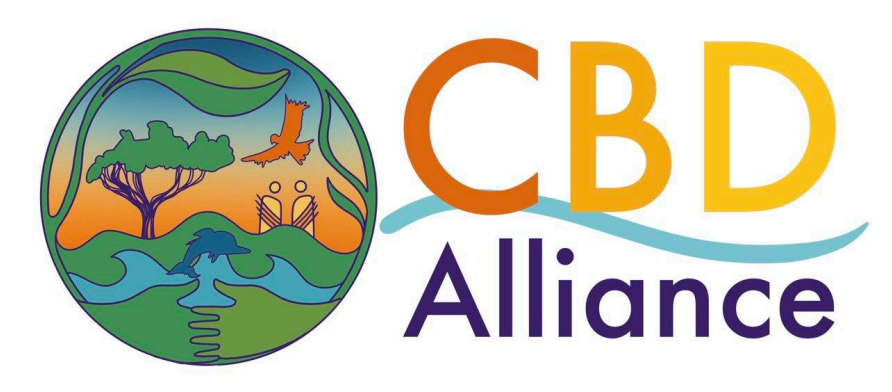CBD Women's Caucus
The KMGBF, in particular its Section C and Targets 22 and 23, as well as the Gender Plan of Action (GPA) mark a turning point in global environmental governance by explicitly linking biodiversity conservation to human rights, equity, and gender justice. Translating these global commitments into national action through National Biodiversity Strategies and Action Plans (NBSAPs) is therefore a critical test of implementation.
To evaluate whether and how gender equality and human-rights principles are being incorporated, the CBD Women’s Caucus conducted an in-depth review of thirteen NBSAPs submitted by April 2025. The study applied a two-part methodology combining the gender-integration continuum framework with Critical Discourse Analysis (CDA) to assess each NBSAP against eighteen human-rights dimensions, including participation, tenure security, access to information, and protection of environmental defenders.
The results show encouraging conceptual progress but weak operationalisation. While many NBSAPs now acknowledge that biodiversity and social justice are interconnected—and some include gender-responsive or human-rights language—most references remain aspirational. Few plans specify actions, indicators, budgets, or accountability mechanisms. Embedding these elements throughout planning, implementation, and monitoring processes is essential to turn rhetoric into measurable progress.
Closing these gaps will require strong political will, predictable financing, and sustained capacity-building at national and local levels. International and domestic funders can play a catalytic role by prioritising long-term, systematic support for gender equality in biodiversity governance. Ultimately, gender-responsive and rights-based approaches are foundational to the success of the KMGBF, and their limited consideration in many revised NBSAPs reflects persistent knowledge and capacity gaps that must be urgently addressed.
To translate commitments into practice, Parties should, among other things, apply gender and power analyses to address structural inequalities; align biodiversity planning with international human-rights frameworks such as CEDAW; and institutionalise gender equality through responsive budgeting, sex-disaggregated data, and dedicated capacity-building.
Embedding gender justice and human rights at the core of biodiversity governance and action will unlock the full potential of the KMGBF—building more just, inclusive, and resilient societies while safeguarding the planet we share.
